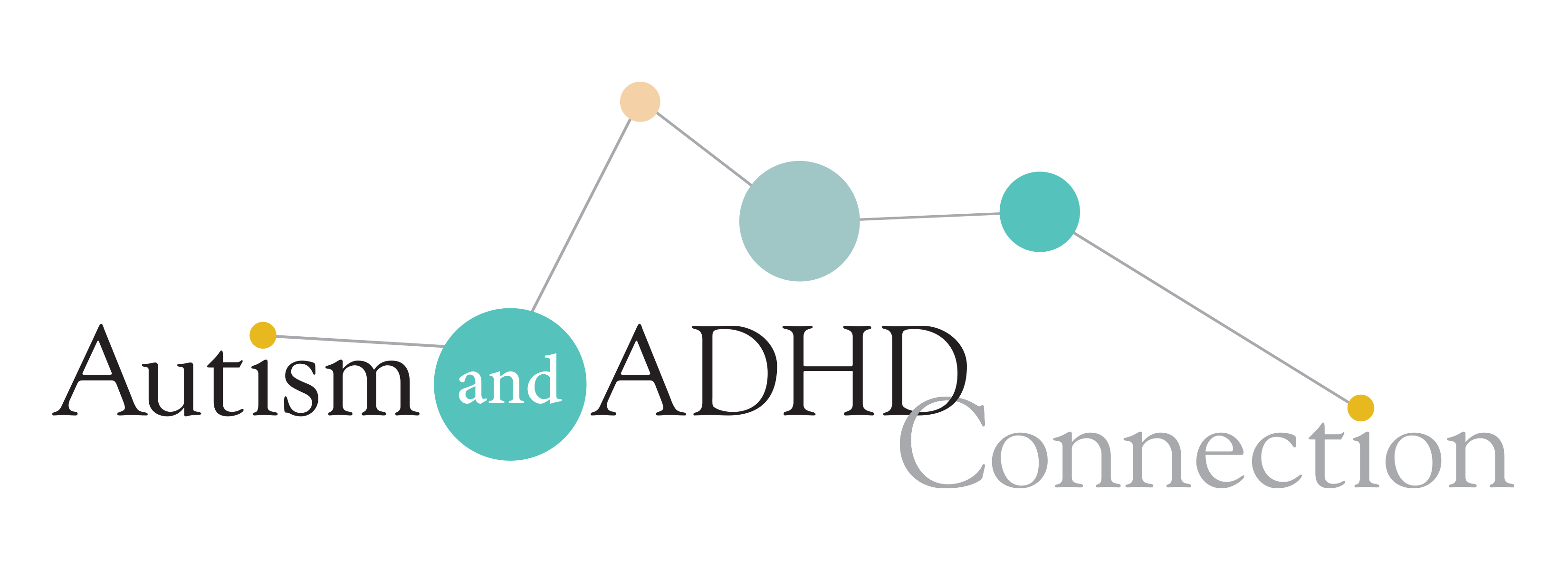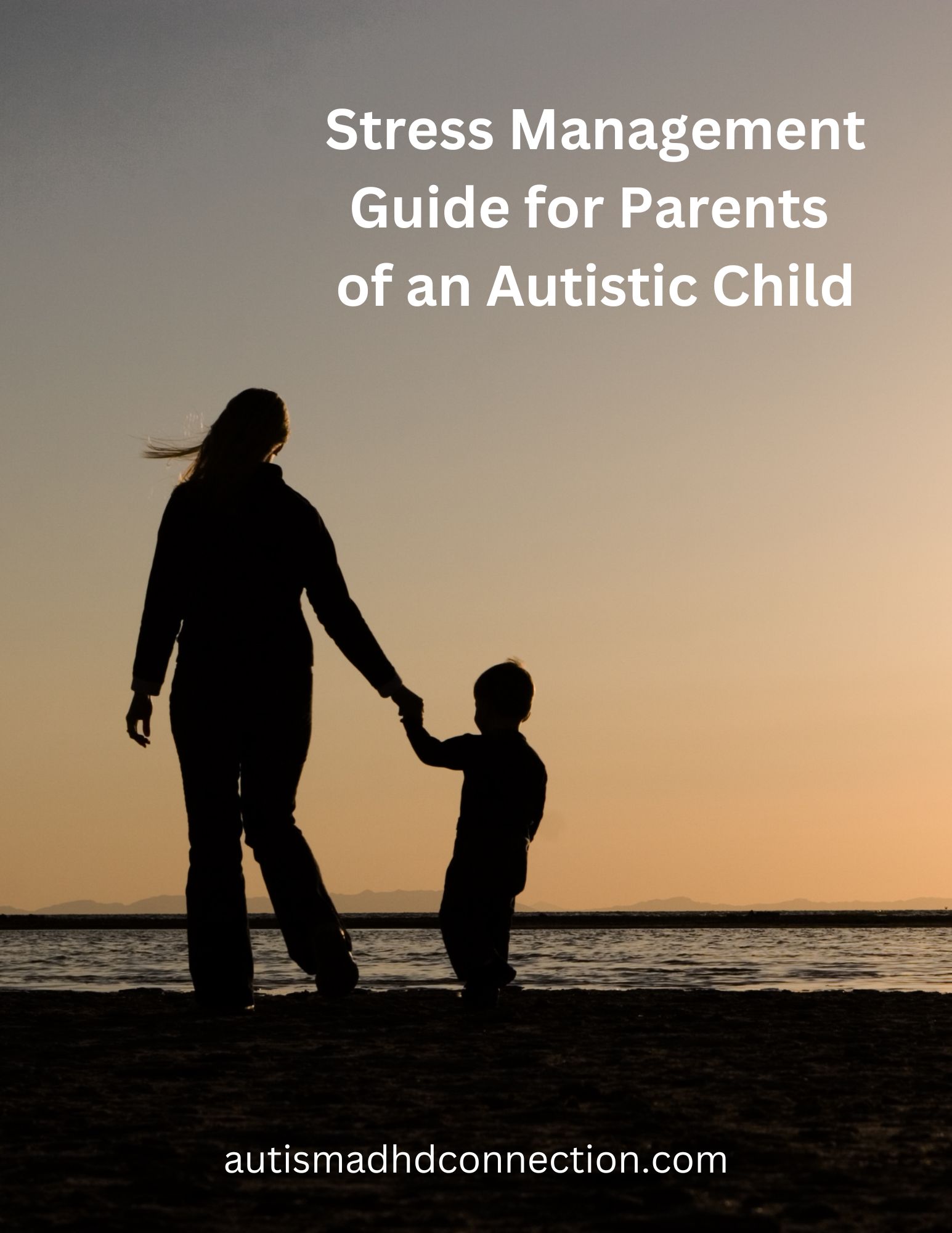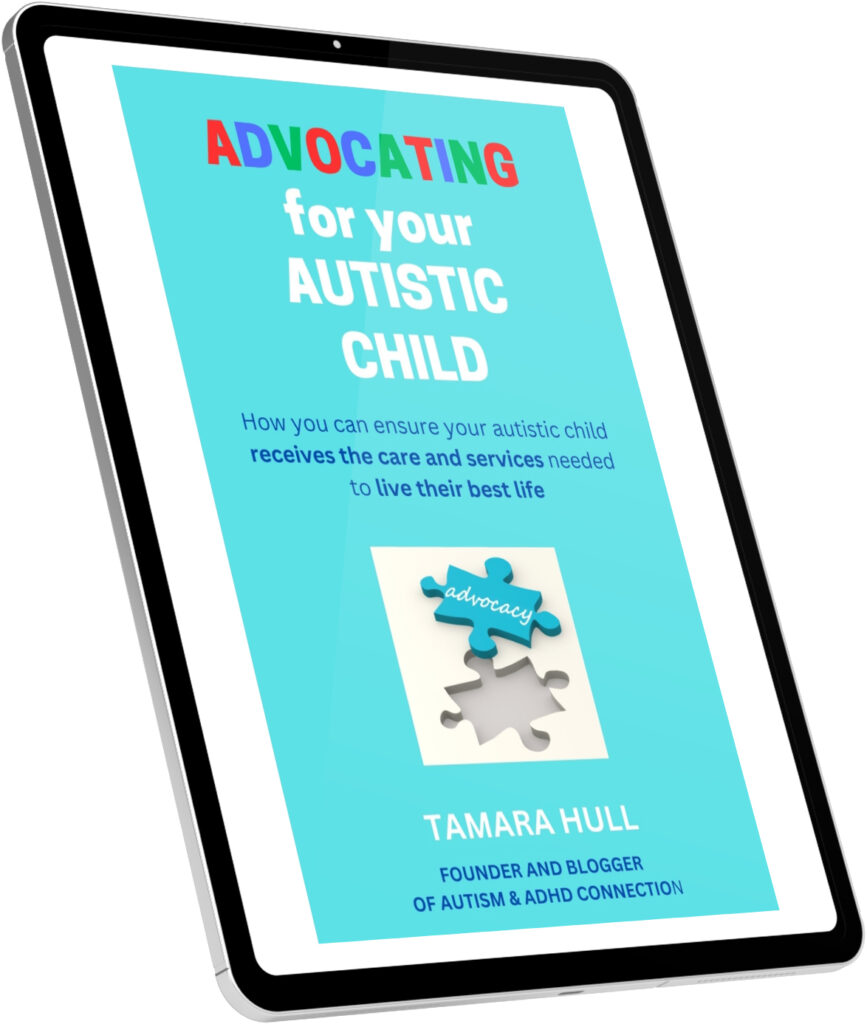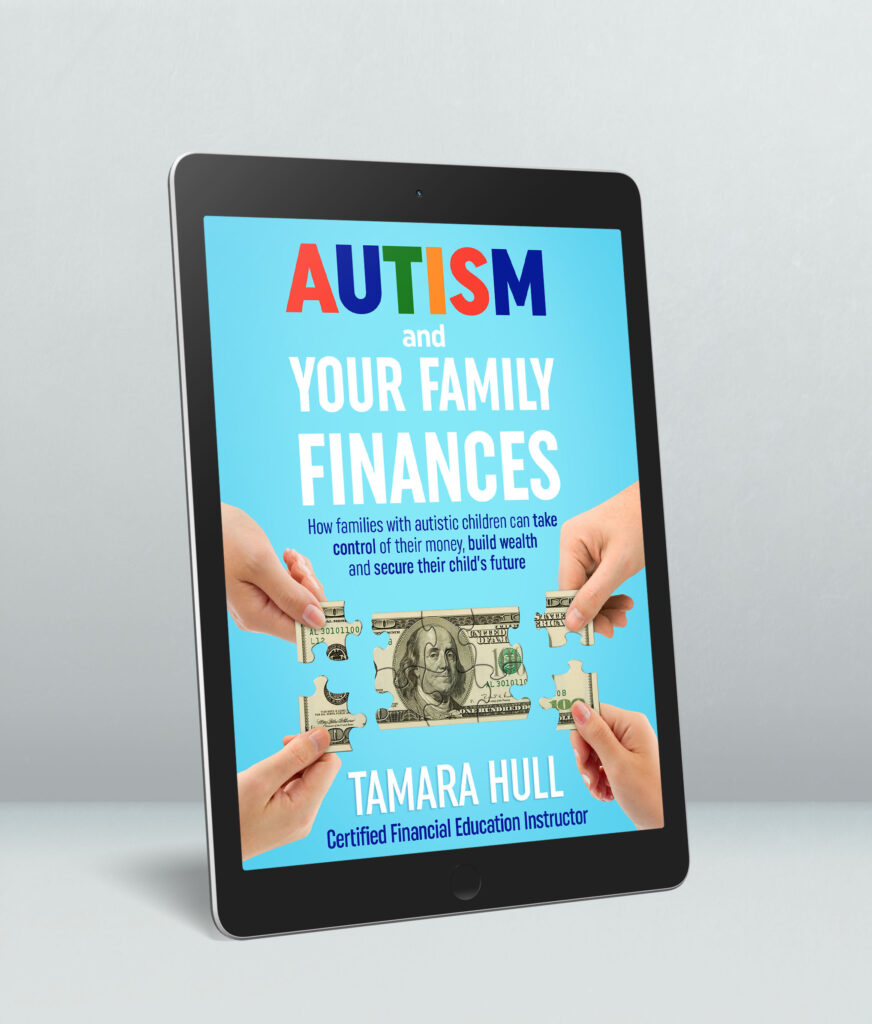When we are having fun doing an activity, it can be hard for anyone to stop and transition to something else. However, for those on autism spectrum, it is difficult to transition to most activities. Why is this and how can you help make transitions easier for your autistic child?
Why are transitions difficult for autistic children?
Difficulty with transitions is a trait of autism. Yet, everyone makes many transitions during their day, whether it’s at home, school or work. So why are these changes so hard for people with autism?
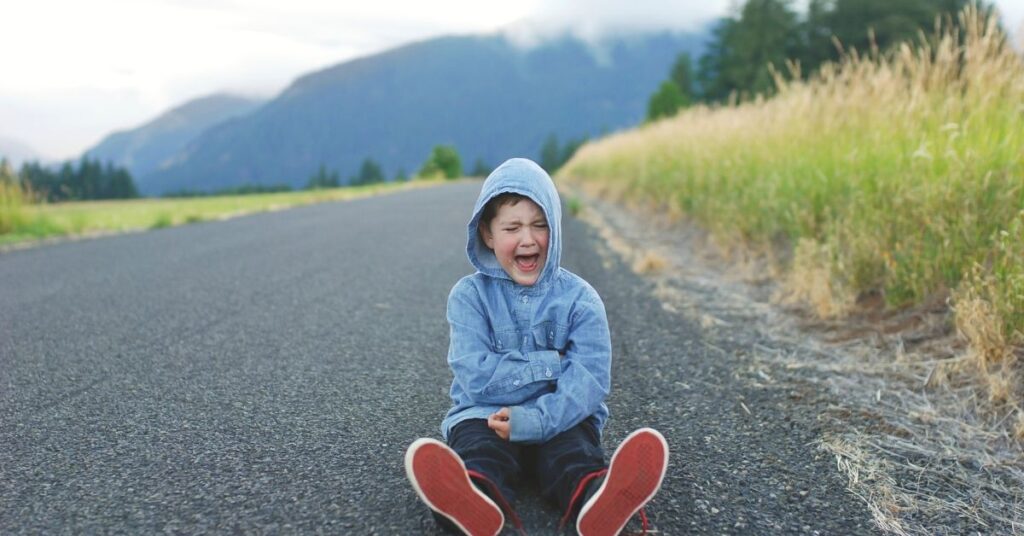
There are a few reasons:
- First, autistic people prefer routine and sameness as much as possible. When a transition occurs to a new activity – especially if it is an unexpected change – it is difficult for the person with autism to adjust.
- Second, many people with autism lack executive function skills, and attention is one of those. When they are focused on a specific activity, it can be difficult for them to switch their attention to something new.
- Third, autistic people can become hyper focused on an activity (especially if it’s related to their focused interest) and find it difficult to change their focus to something new.
Our son J had so many problems with this when he was young. Sometimes, when we had to leave a place to go home or to another activity, he would have a meltdown. I can remember having to carry him to our car with him crying and screaming. He also had a hard time in preschool when switching activities. Thankfully, his teachers in elementary school were good at preparing him for the changes, so he didn’t have as hard of a time with transitions. As a teenager, he still has difficulty transitioning unless we have told him ahead of time when to expect the change. His difficulty now shows more in complaining and resisting the change, but he has become more adaptable.
Benefits of easing transitions
As parents, caregivers or others who care for autistic children, we can help ease transitions for them. This can benefit their child in several ways:
- Reduce the stress associated with changes
- Improve the child’s behavior
- Assist the child in participating more fully in school because they aren’t as distracted by the transitions
- Decrease anxiety related to transitions
Ways to make transitions easier for your autistic child
So how can you make transitions easier for your autistic child? Check out these tips.
1. Give them a heads up about an upcoming transition
One of the easiest ways to prepare your child for a transition is to tell them a transition is coming and when. You may need to do this a few times. For instance, when J was younger, I started telling him about a half hour when we had to leave somewhere. Then I’d tell him again at 15 minutes left and then 5 minutes left. This really helped, and he wasn’t so upset when it came time to leave. Also, I talked to his teachers about telling him ahead of time when transitions would happen if they were out of the ordinary routine. Fortunately, once a transition became a normal part of the routine at school or home, they were no longer so difficult for J because they became predictable.
2. Use a visual schedule or timer
If you have activities planned throughout the day, a visual schedule is a great way to prepare your child for the different activities to come. We used this some at home for J when he was younger, and they did a great job of using this tool at school for him. We also used the Time Timer (affiliate link) when we needed to show how much time was left for a certain activity. In fact, one of his teachers started using one with J and then realized it benefited her whole classroom!
3. Use a word or photo to indicate a transition will occur
Sometimes, a photo of the next transition activity or a simple word that means a transition will occur can really help. It’s a simple way to let your child know that a change in activity will occur soon.
4. Praise your child for a smooth transition
When your child moves to a new activity well, be sure to praise that effort. Make it simple and short but acknowledge their small victory.
5. Reward your child for the harder transitions
If there is a particular tough change that needs to be made, you may want to provide a small reward for that. You don’t want to reward every transition but selectively providing one for the harder ones can help ease those.

6. Give enough time for the transition
Don’t try to rush the transition – instead, plan to give your child enough time to make the transition. Rushing will only cause more stress and anxiety of both of you.
7. Make transitions as predictable as possible
For transitions your child needs to make most days, make them part of the routine and try to keep the steps the same as much as you can. This will help those transitions go much better.
8. Provide a “completion” box
If your child is working on something tangible, then have a place where they can put their completed task. This can help signal the transition to the next activity.
9. Try to alternate easier and more difficult activities for your child
When possible, try to avoid transitioning your child between two difficult activities. Adding in easier activities between more difficult ones will help ease the transitions between them.
10. Use social stories for new or unfamiliar activities
Transitioning to something they’ve never done before or a place they’ve never can be especially difficult for an autistic child. Using a Social Story (affiliate link) can be particularly helpful in easing the transition.
Do you have additional tips for helping to ease transitions for an autistic child? If so, leave a comment so that we can share and encourage one another on this journey!
